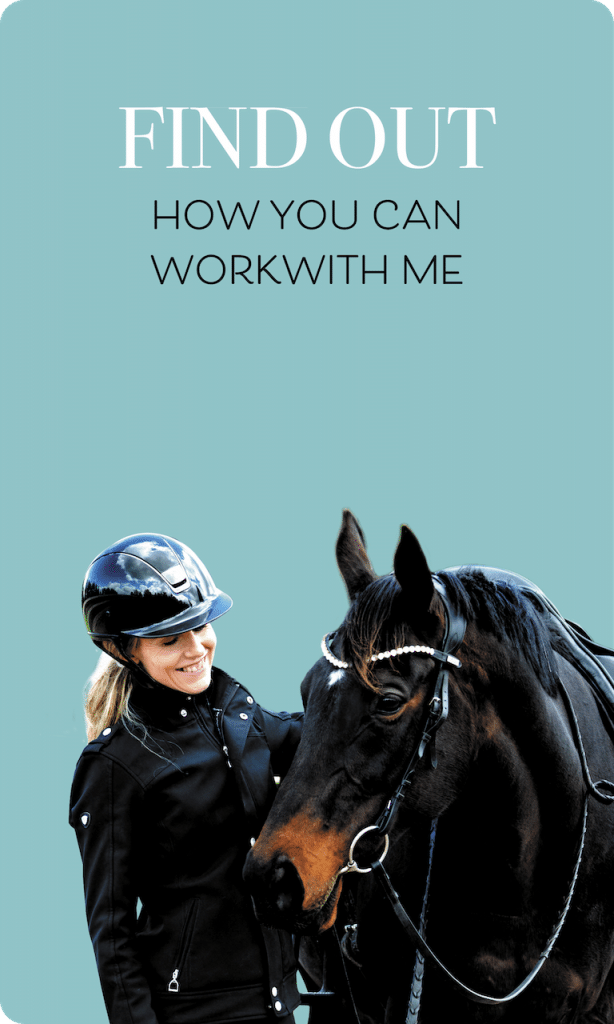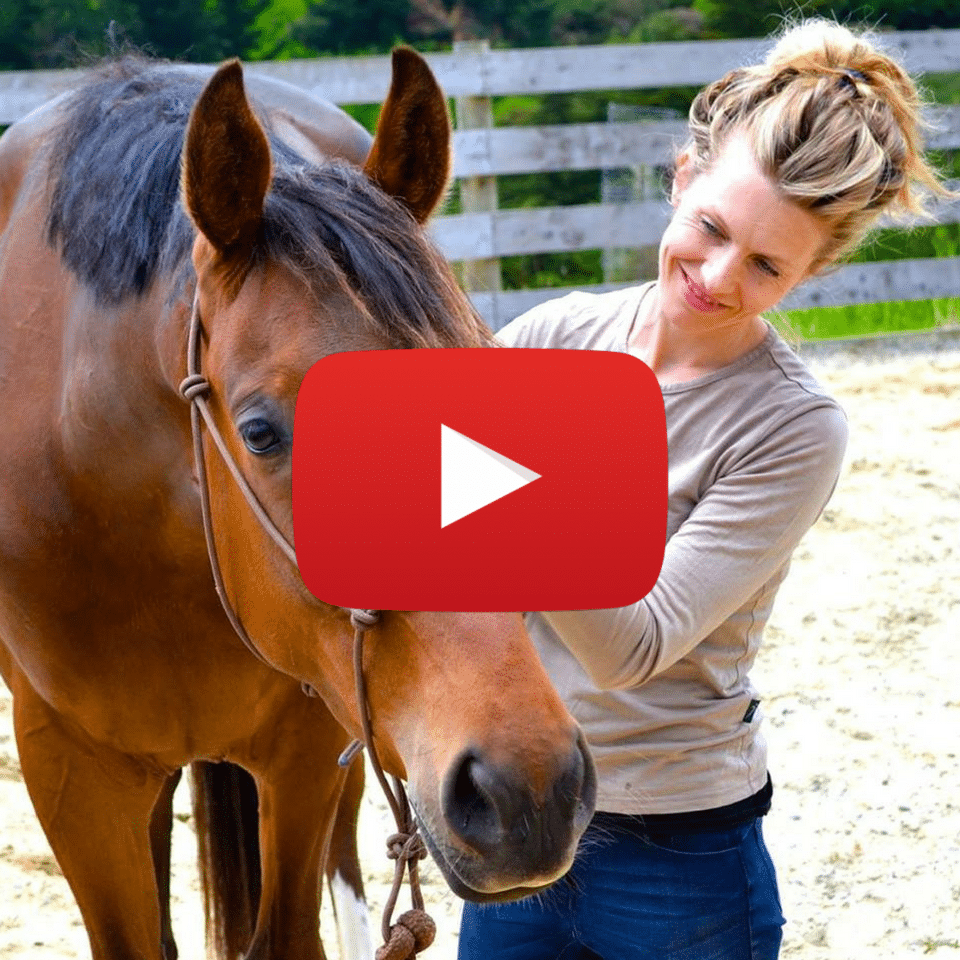Often, when it comes to making corrections in the body- adjusting our position, correcting our posture, attempting to develop our seat- we focus on specific parts of the body and deal with those in isolation. What this often results in is a “chase your tail” kind of situation. You “correct” something over here, only to have something else “over there” pop out and now you are tucking this and holding that and attempting to ride your horse all at the same time.
The jaw and the pelvis are a great example of the synchronistic relationships that exist in the body. The mandible (the lower jaw) essentially mimics the pelvis; the oral floor mimics the pelvic floor. Any restriction of movement or disruption to optimal function we experience here consequently gives us a lot of information about the pelvis also.
Changing patterns in one without addressing the other means that they will always “revert” back to match each other, once any impediments to doing so have been removed (you see this quite often in cases where mouth guards or some kind of device is used to “correct” alignment of the jaw).
In the parasympathetic, both the left and right sides of the jaw and the left and right sides of the pelvis move independent of one another. In fight-flight, however, we lose this manoeuvrability and pliability, and instead the jaw becomes fixed and rigid. The temporal bones and eye sockets also oscillate in towards centre and rotate down, causing a narrowing of the front jaw hooks and compression of the area overall.
Teeth grinding, jaw clenching, jaw pain and tension are all examples of sympathetic jaw patterns that result from a system that is operating predominantly from the flight-fight nervous system.
In my experience, there is a fundamental disconnect between observing and understanding our structure- our position, our seat, our balance for example- and the role that the nervous system plays. We correct through manual adjustment and manipulation, conscious correction, the support of gadgets, we contort and “train” our muscles often without ever considering why the brain has chosen for the body to be positioned or behave in this way in the first place.
Instead, we need to look to the underlying nervous system patterning and consider the processes and practices that work to support it.
Onwards.
❤️ Jane





